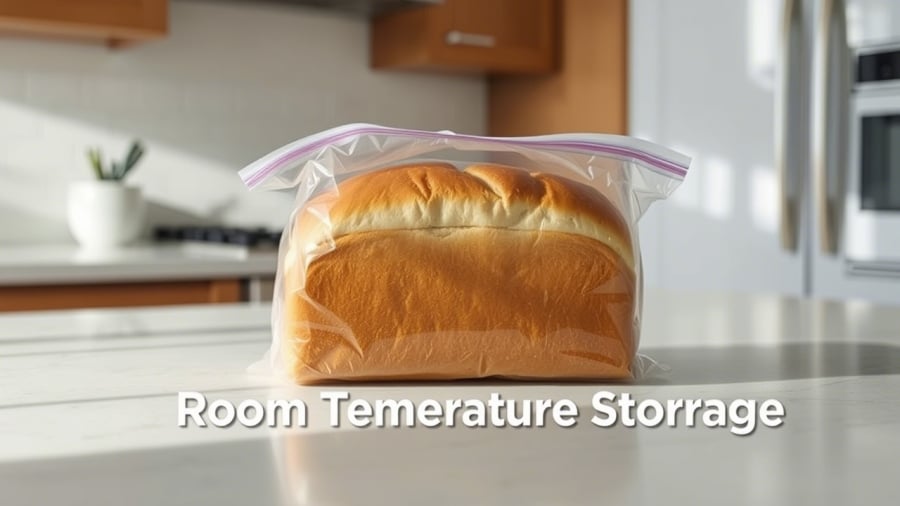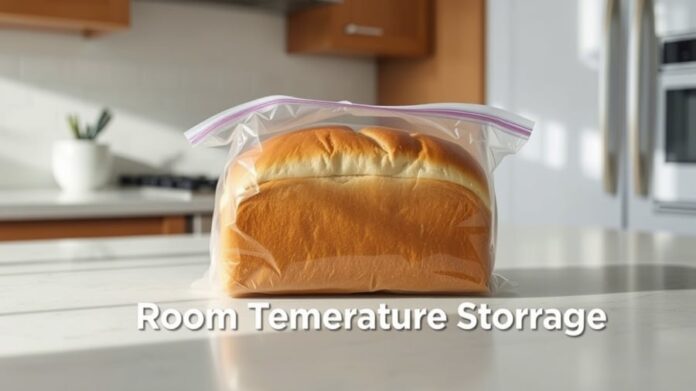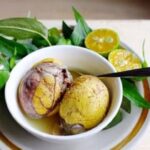The refrigerator is an indispensable companion in every modern household. This appliance helps prolong the lifespan of food, ensuring meals are always fresh, tasty, and safe for consumption. However, not many people are aware that there are certain types of food that should not be stored in the refrigerator. Let’s explore this further to protect the health of our loved ones!
Starch-rich foods: Bread and Rice
According to PGS.TS Nguyen Duy Thinh (Institute of Biotechnology and Food Technology, Hanoi University of Technology), storing bread in the refrigerator will cause it to lose moisture, becoming hard and prone to mold. On the other hand, cold rice creates favorable conditions for the growth of Bacillus cereus bacteria, which can lead to nausea and diarrhea.
Proper storage methods: Bread should be stored at room temperature in a sealed bag. Leftover rice should be cooled and stored in an airtight container at room temperature, consumed within 4-6 hours.

Keep bread at room temperature in a sealed bag
Tomatoes and Watermelon
TS.BS Truong Hong Son (Vietnam Institute of Applied Medicine) states that low temperatures in the refrigerator will disrupt the cell structure of tomatoes, reducing their nutritional value and flavor. As for watermelon, cold storage results in a loss of 20-30% of beta-carotene, an important antioxidant.
Proper storage methods: Keep tomatoes and watermelon in a cool, well-ventilated area, away from direct sunlight. Consume within 2-3 days of purchase.
Garlic and Onions
According to nutrition expert Le Thi Hai (Former Director of the Nutrition Consulting Examination Center, National Institute of Nutrition), garlic and onions stored in the refrigerator will become soft and mushy, prone to mold, and emit an unpleasant odor.
Proper storage methods: Store garlic and onions in a dry, well-ventilated area. You can hang them in mesh bags or baskets.
Opened Powdered Milk
PGS.TS Nguyen Thi Lam (Former Vice Director of the National Institute of Nutrition) advises against storing opened powdered milk in the refrigerator as it will absorb moisture, reducing its quality and shelf life.
Proper storage method: Tightly seal the milk container and store it in a cool, dry place. Consume within one month of opening for optimal quality.
Honey
According to the research of TS. Pham Van Toan (Institute of Food Technology), low temperatures cause honey to crystallize, altering its structure and reducing its nutritional value.
Proper storage method: Store honey at room temperature in a cool, dry place. Pure honey can be safely stored for years without spoilage.

Store honey at room temperature in a cool, dry place
Proper food storage not only maintains quality but also ensures the safety of your family’s health. Take the time to review the contents of your refrigerator and remove any unsuitable items. Additionally, keep in mind the following:
– Always read and follow the storage instructions on food packaging.
– Categorize food items before storage.
– Regularly clean your refrigerator to maintain hygiene.
– Plan your grocery shopping to avoid waste.
A clean, well-organized refrigerator not only extends the freshness of food but also contributes to the well-being of your family. Start making small changes today for a healthier tomorrow!
“6 Groups Who Should Steer Clear of Balut: A Delicious Delicacy With Potential Health Risks”
Eggs have long been a staple food for humans, offering a cheap and convenient source of protein. However, one particular type of egg has divided opinions and palates across the globe – the duck embryo egg, or ‘balut’. This delicacy is loved and loathed in equal measure, and while it is undeniably nutritious, it is not for the faint-hearted or those with certain health conditions.







































